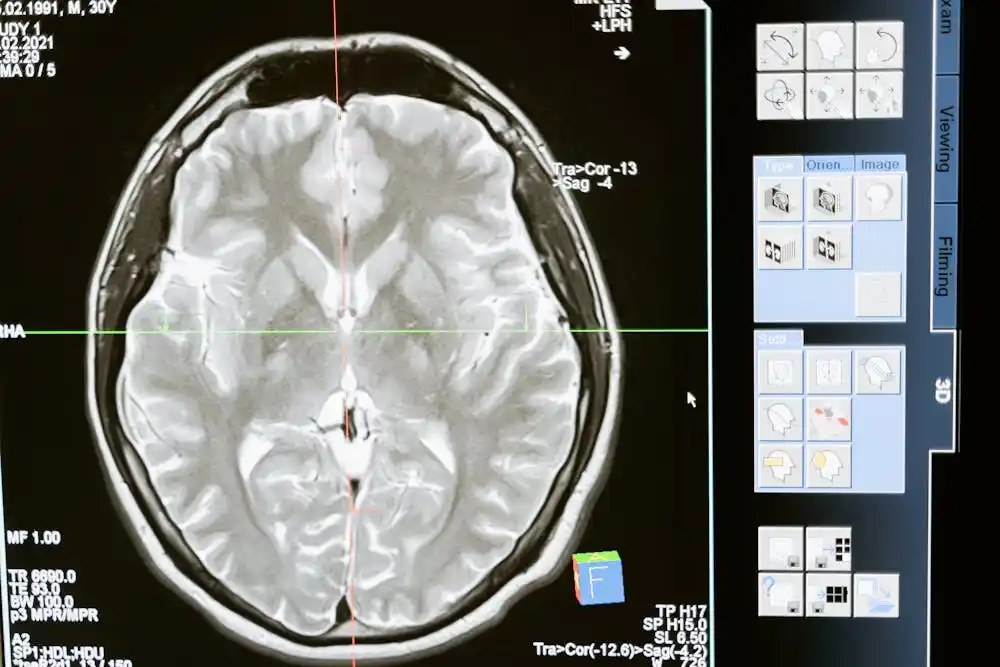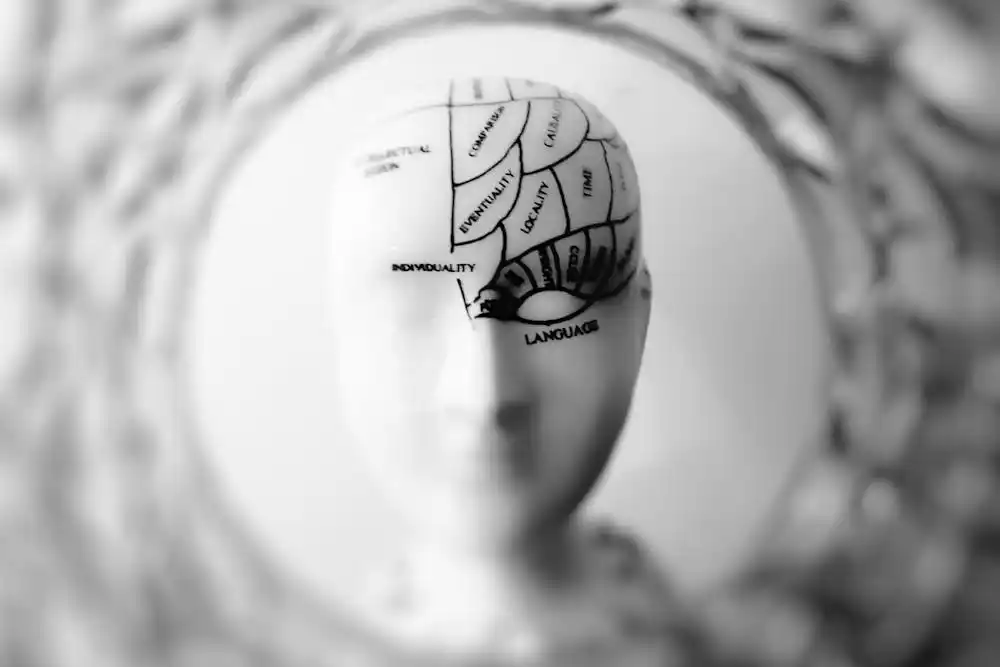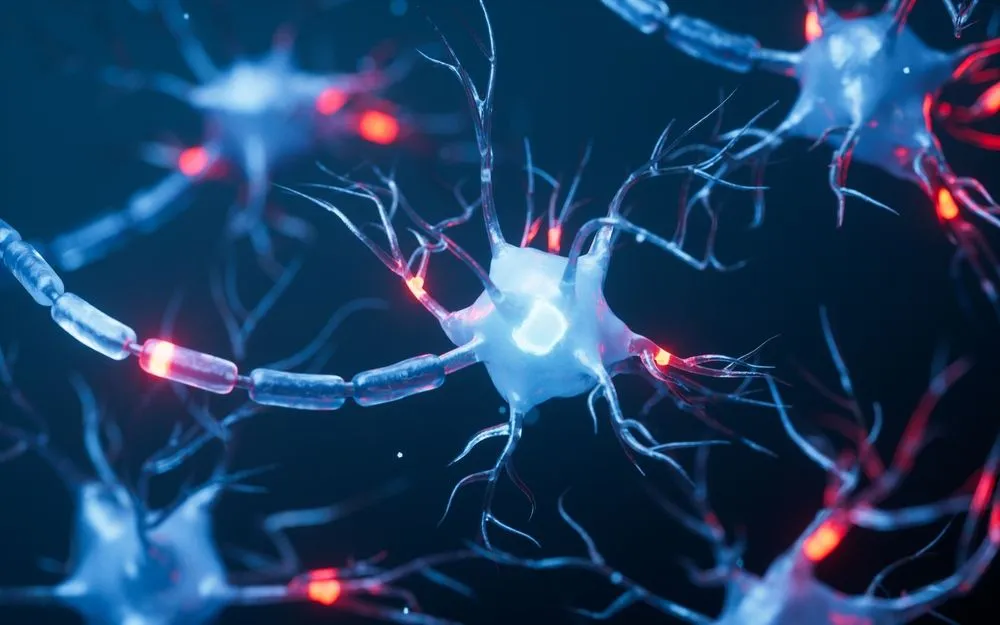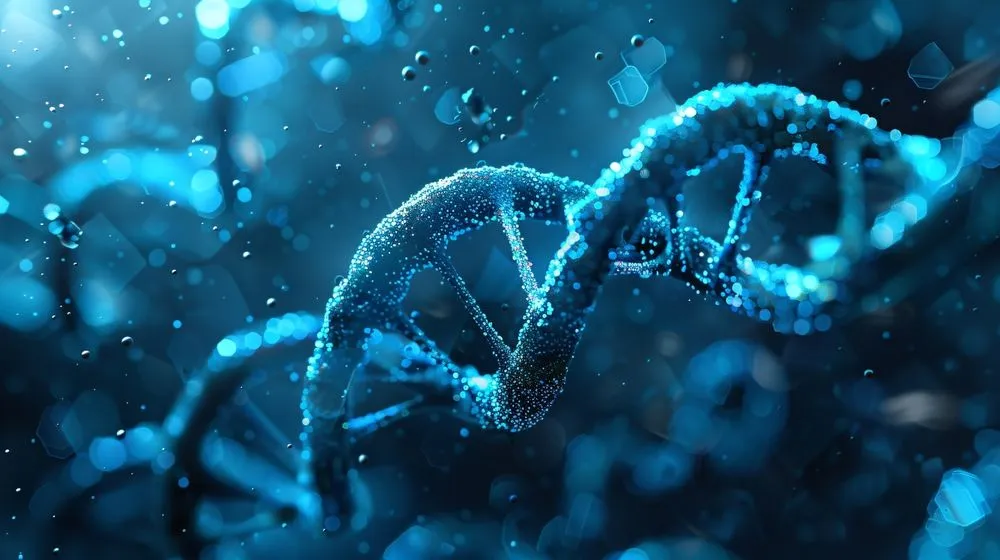Why do some memories fade while others remain etched for years or even decades? The answer lies in the brain’s ability to form memories and its capacity to lock them in place. Scientists have long known neurons communicate through synapses, strengthening their connections during learning. Yet, how these connections remain stable over time has remained an enduring mystery.
Recent breakthroughs suggest that memory retention isn’t solely about creating new neural pathways but reinforcing the right ones. Hidden within this process are key molecular players working behind the scenes, ensuring that essential memories don’t dissolve over time.
The Role of Long-Term Potentiation in Memory Formation
In 1966, Terje Lømo discovered long-term potentiation (LTP) in the rabbit hippocampus. Shoes and Matzel defined LPT and said, “It is a long-lasting increase in synaptic efficacy following high-frequency stimulation of afferent fibers.” LTP involves strengthening synapses and the connections between neurons through repeated stimulation, enhancing signal transmission. This process is fundamental to learning and memory.
Key properties of LTP include input specificity, where only activated synapses are strengthened, and associativity, allowing simultaneous weak and strong stimulations to reinforce both pathways. LTP is persistent, lasting from minutes to months, and crucial for long-term memory storage. Its induction involves complex molecular mechanisms, such as the activation of NMDA receptors and subsequent intracellular events that enhance synaptic strength.
Memory Consolidation and Reconsolidation

Memory formation doesn’t end with synaptic strengthening. Consolidation transforms short-term memories into long-term ones through structural changes in synapses and protein synthesis. This process relies on sleep and wakeful rest, allowing the brain to reprocess newly acquired information. Elizabeth said, “When memories are retrieved, they become subject to modification by a process known as reconsolidation.” Reconsolidation occurs when a memory is recalled, briefly becoming malleable before restabilizing. This phase enables memories to adapt, incorporating new information while maintaining core details. Disrupting reconsolidation can weaken or erase memories, informing therapeutic approaches for trauma-related disorders.
PKMzeta is a Key Player in Memory Maintenance
PKMzeta emerged as a key player in memory maintenance when researchers discovered in 2006 that inhibiting this molecule in rats led to the erasure of spatial memories. This finding highlighted PKMzeta’s role in sustaining synaptic strength and long-term memory retention. However, a puzzling contradiction arose: PKMzeta proteins last only a few hours to days. At the same time, memories can persist for decades. Todd Sacktor, a neurologist at SUNY Downstate Health Sciences University and co-senior author of the 2006 study, said, “Those proteins only last in synapses for a couple of hours, and in neurons, probably a couple of days. Yet our memories can last 90 years, so how do you explain this difference?”
The answer lies in the continuous synthesis of PKMzeta, an autonomously active protein kinase that maintains long-term potentiation (LTP) by regulating the trafficking of AMPA receptors to synaptic membranes. This ongoing production, driven by positive feedback loops, ensures synaptic strength and memory persistence despite the molecule’s short lifespan. Further studies revealed that enhancing PKMzeta strengthens existing memories while inhibiting it can erase them. These insights solidify PKMzeta’s role in memory maintenance and position it as a potential target for therapies addressing memory-related disorders.
KIBRA Tagging Synapses for Lasting Memories
Recent research has identified KIBRA, a protein linked to human memory performance, as a crucial player in memory retention. KIBRA binds to synapses activated during learning, effectively “tagging” them for reinforcement. This tagging process involves KIBRA forming complexes with PKMzeta, a kinase essential for maintaining synaptic strength. The KIBRA-PKMzeta interaction ensures that the synapses involved in memory formation remain strengthened over time. Sacktor said, “It’s not PKMzeta that’s required for maintaining a memory. It’s the continual interaction between PKMzeta and this targeting molecule called KIBRA. If you block KIBRA from PKMzeta, you’ll erase a memory that’s a month old.” Disrupting this interaction has been shown to impair long-term potentiation and disrupt established memories in animal models. Thus, the continuous partnership between KIBRA and PKMzeta at specific synapses is vital for sustaining long-term memories.
A Collaborative Mechanism for Memory Preservation

KIBRA and PKMzeta collaborate to maintain long-term memories. While PKMzeta proteins degrade within days, their partnership with KIBRA forms a stable complex that preserves synaptic strength. This interaction ensures that memory traces remain intact even as individual molecules are replaced. Disrupting the KIBRA-PKMzeta bond has been shown to erase established memories in animal studies. KIBRA acts as a “persistent synaptic tag,” anchoring PKMzeta to specific synapses activated during learning, thereby sustaining long-term potentiation and memory retention.
This continuous collaboration between KIBRA and PKMzeta is essential for maintaining long-term memory. Recent research indicates that inhibiting the KIBRA-PKMzeta interaction disrupts existing memories and impairs long-term potentiation maintenance, highlighting the critical nature of their partnership in cognitive processes. Furthermore, studies suggest that enhancing KIBRA-PKMzeta binding could strengthen memory retention, offering avenues for therapeutic strategies targeting memory-related disorders.
The Dynamic Nature of Memory
Memory constantly evolves, shaped by new experiences and internal processes. During restful periods, especially sleep, the brain replays recent events, integrating them with existing memories. This reactivation balances memory stability and flexibility, allowing adaptation to new situations while retaining past knowledge. Disruptions in this process may lead to conditions like post-traumatic stress disorder (PTSD), where specific memories become overly intrusive.
Recent studies highlight the role of sleep in emotional memory processing. For instance, research from the University of Hong Kong stated, “Targeted memory reactivation (TMR) reactivates positive memories and weakens painful ones during sleep.” It demonstrated that targeted memory reactivation during sleep could weaken negative memories by reactivating newer positive ones. Participants exposed to this method reported reduced distress from previously traumatic experiences.
Additionally, engaging in specific activities can influence memory dynamics. Playing games like Tetris shortly after a traumatic event has been shown to reduce flashbacks and PTSD symptoms. The game’s visual and cognitive demands may interfere with consolidating distressing memories, offering a simple, non-invasive intervention.
Beyond the Brain Cellular Memory

Memory mechanisms extend beyond neurons, encompassing various cell types that exhibit forms of memory. Non-neuronal cells can “learn” signaling responses, developing cellular memory through mechanisms such as conformational changes in intrinsically disordered proteins, protein translocation, and chromatin modifications. Recent studies have demonstrated that non-neural cells, including kidney cells, can exhibit memory-like behaviors when exposed to specific patterns of chemical stimuli, suggesting that memory processes might be a universal cellular property rather than exclusive to neurons. These processes enable cells to adapt their responses based on past stimuli, suggesting that memory is a fundamental feature across different cell types. Understanding these mechanisms offers new perspectives on learning and adaptation beyond the nervous system.
The Interplay of Consciousness, Energy Fields, and Memory
Emerging research suggests that consciousness and electromagnetic fields are intricately linked, influencing our thoughts and feelings and the very fabric of our physical being. Tam Hunt stated, “An electromagnetic (EM) field theory of consciousness attempts to explain the nature of consciousness and its relationship to matter in terms of fundamental EM fields and their dynamics.” This perspective posits that the body expresses an energy field, with consciousness informing our mental and emotional states, while the electromagnetic field shapes our physical form. The consciousness arises from the complex interactions between neuronal activities and electromagnetic fields, indicating that these fields play a central role in unifying conscious experiences.
From a spiritual standpoint, this interconnectedness aligns with the belief that a universal field of consciousness underpins all existence, acting upon energetic information fields to manifest reality, including our physical bodies.
Genetic and Epigenetic Factors

Memory retention extends beyond synaptic changes to the genetic level. Epigenetic modifications, such as DNA methylation and histone acetylation, regulate gene expression linked to long-term memory formation. These changes act as molecular bookmarks, ensuring neurons “remember” past experiences. For instance, increased acetylation promotes gene expression in synaptic plasticity, while methylation can enhance or suppress memory-related pathways. Notably, dysregulation of these epigenetic mechanisms has been associated with age-related cognitive decline and neurodegenerative disorders, including Alzheimer’s disease.
Secrets of Lasting Memories
The discovery of how memories remain etched in our minds marks a significant leap in understanding the brain’s incredible adaptability. From LTP-driven synaptic strengthening to the pivotal roles of PKMzeta and KIBRA, it’s clear that memory retention is more than just electrical impulses. It’s a delicate dance of molecules working in harmony. As scientists uncover how memories are tagged, reinforced, and preserved, they also reveal promising pathways for treating memory-related disorders and enhancing cognitive resilience. Research indicates that the KIBRA-PKMzeta complex is crucial for maintaining long-term potentiation and memory persistence, even as individual PKMzeta molecules turnover. Understanding the glue that binds our memories offers scientific insight and hope for healthier minds and more prosperous lives.


